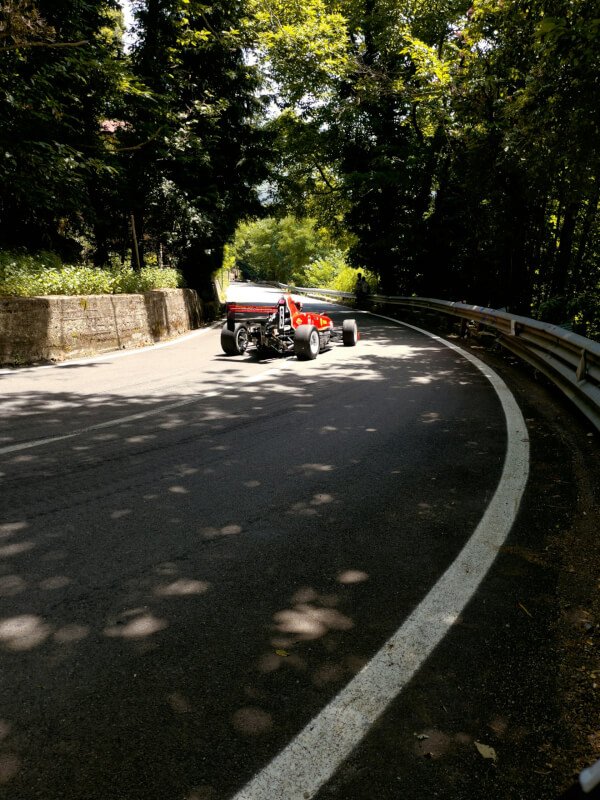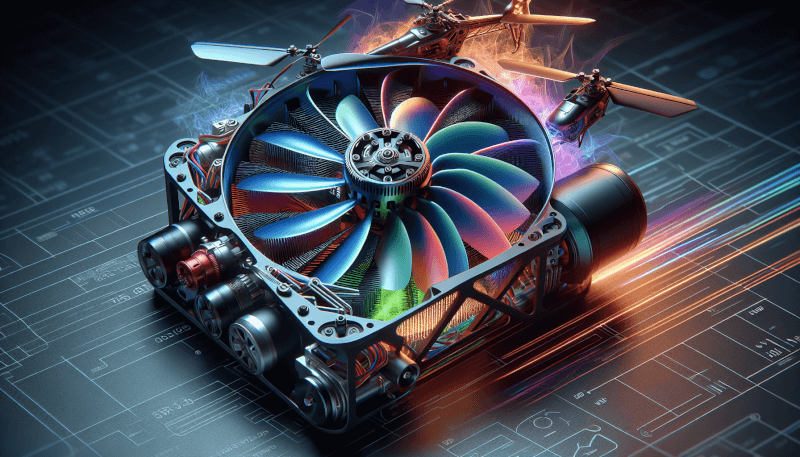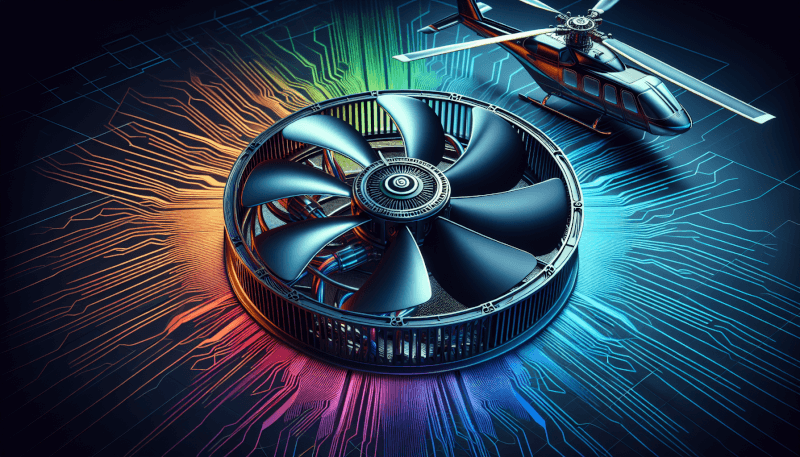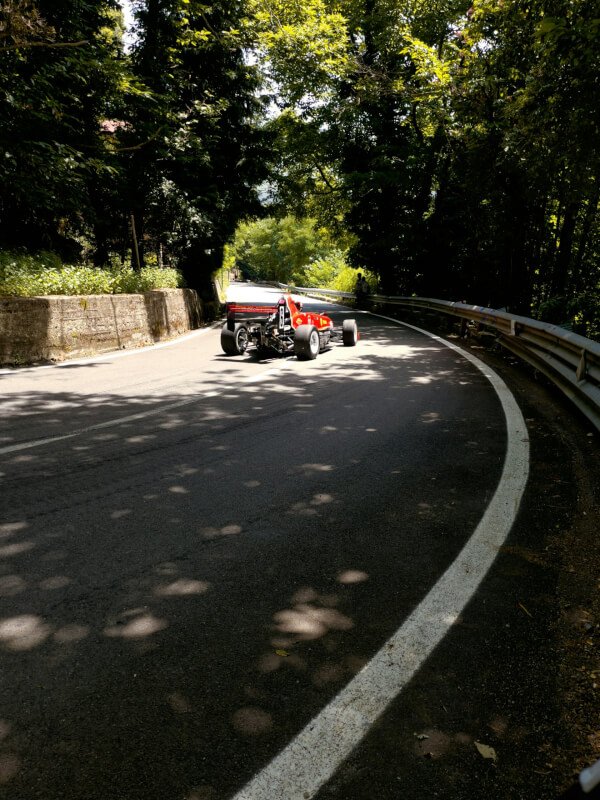Imagine soaring through the sky, controlling your remote control helicopter with precision and excitement. But as the thrill of the flight takes hold, you start to notice your RC heli getting hotter and hotter. Don’t worry, we’ve got you covered! In this article, we will explore the best methods to keep your RC heli cool during those long flights, ensuring optimal performance and extending the lifespan of your beloved toy. Let’s dive into the world of cooling solutions and keep your RC heli in the best shape possible!

Choose the right location
When it comes to flying your RC helicopter, choosing the right location can make a big difference in keeping it cool during long flights. You’ll want to avoid flying in hot and humid climates, as the combination of high temperatures and humidity can contribute to overheating. Look for areas with plenty of shade where your helicopter can take a break from the heat of the sun. Additionally, it’s best to avoid flying near large bodies of water, as the moisture in the air can also affect the temperature of your helicopter. Instead, opt for a location with good airflow to help keep your helicopter cool. Finally, consider elevation and altitude when choosing a flying location. Higher elevations often have cooler temperatures, which can help prevent overheating.
Check your helicopter’s cooling system
One of the most important factors in keeping your RC helicopter cool is to ensure that its cooling system is in good working order. Proper ventilation for the motor and ESC (electronic speed controller) is crucial to prevent overheating. Make sure that the ventilation slots are not blocked and that there is sufficient airflow. Another aspect of the cooling system to pay attention to is the cooling fins. These fins help dissipate heat, so it’s important to clean and inspect them regularly. If you find that your helicopter still tends to run hot, you may want to consider using heat sinks and fans to help further dissipate heat. Lastly, it’s essential to monitor the temperature during flight. If you notice that your helicopter is running unusually hot, it may be necessary to make adjustments to the cooling system or consider aftermarket cooling upgrades.

Optimize flight time
To maximize the cooling of your RC helicopter, it’s important to optimize your flight time. Avoid aggressive maneuvers and continuous high throttle, as these actions can cause the motor to heat up quickly. Take breaks between flights to allow the helicopter to cool down. This can be especially important on hot days when the ambient temperature is already high. Consider flying during cooler parts of the day, such as early mornings or evenings, when the temperature is lower. Another strategy to help keep your helicopter cool is to consider using a larger battery with a lower discharge rate. This can help prevent the motor from working too hard and getting too hot.
Manage battery heat
Batteries play a crucial role in the performance of your RC helicopter, and managing their heat is essential for keeping your helicopter cool. Using batteries with higher C ratings can help prevent them from overheating during flights. It’s also important to allow the batteries to cool down before recharging them. Avoid overcharging the batteries, as this can lead to excessive heat buildup. To help dissipate heat from the batteries, consider using battery straps or cooling pads. These accessories can help improve airflow and prevent the batteries from getting too hot. Another option is to use battery temperature sensors, which can provide real-time monitoring of the battery temperature and alert you if it’s getting too hot.

Monitor and adjust gear ratios
The gear ratio of your RC helicopter can impact its performance and temperature. Regularly checking and adjusting the gear mesh is important to ensure smooth and efficient operation. An improperly meshed gear system can cause excessive friction, leading to increased heat buildup. If you’re planning on longer flights, consider using lower gear ratios. Lower gear ratios can reduce stress on the motor and help keep it cooler. It’s important to avoid overloading the motor with excessive gear ratios, as this can cause it to work harder and generate more heat.
Balance and maintain the rotor system
A well-balanced and properly maintained rotor system is crucial for the overall performance and cooling of your RC helicopter. Check and adjust the blade tracking regularly to ensure that the blades are rotating smoothly and evenly. Imbalanced blades can cause vibrations, which can lead to increased heat and stress on the motor. Balancing the main rotor blades is equally important. An unbalanced rotor system can cause unnecessary vibrations and heat buildup. Inspect and clean the flybar system to ensure it is functioning properly. Proper lubrication of all moving parts is essential to reduce friction, which can generate heat. Schedule regular maintenance and inspections to keep your rotor system in optimal condition.

Reduce friction and drag
Reducing friction and drag is another effective way to keep your RC helicopter cool during long flights. Clean and lubricate the bearings regularly to ensure smooth rotation. Friction in the bearings can generate heat, leading to overheating of the helicopter. Ensure proper alignment of all moving parts, as misalignment can cause unnecessary friction and heat buildup. Check for any loose or worn components and replace them as needed. Avoid unnecessary weight on the helicopter, as this can increase drag and make the motor work harder. Inspect and clean the rotor blades to remove any debris that can cause additional friction.
Use heat-resistant materials
Using heat-resistant materials can help protect your RC helicopter from excessive heat. Consider using heat-resistant paints or coatings on the helicopter’s body, as these can help reflect or dissipate heat. Use heat-resistant materials for canopies or fuselages to prevent them from becoming too hot during flights. When you’re not flying, avoid placing the helicopter on hot surfaces, as this can cause heat to transfer to the components. Protect the electronics from direct sunlight, as prolonged exposure can cause them to overheat. Additionally, consider using heat-resistant adhesive tapes to secure wiring and prevent thermal damage.

Prevent overheating in electronics
The electronics in your RC helicopter are particularly susceptible to overheating. Proper airflow around electronic components is crucial to prevent heat buildup. Make sure there is sufficient ventilation and that air can flow freely around important electronic parts. Avoid overloading the helicopter with unnecessary electronics, as this can lead to increased heat generation. When necessary, use thermal insulating materials to protect sensitive electronics from excessive heat. Monitor electronic temperatures during flight and be mindful of any signs of overheating, such as abnormal behavior or performance. If needed, consider adding additional heat sinks or cooling fans to improve heat dissipation.
Properly store and transport your RC heli
Even when you’re not flying, it’s important to take steps to protect your RC helicopter from heat. Allow the helicopter to cool down before storing it, as this can help prevent any residual heat from causing damage. Avoid leaving the helicopter in a hot car or direct sunlight, as the temperature inside a vehicle can quickly rise to dangerous levels. Use protective cases or bags with insulation to shield your helicopter from extreme heat. When transporting your helicopter, ensure it is securely placed to minimize vibrations, which can loosen components and increase friction. Lastly, store your RC helicopter in a cool and dry environment to mitigate the risk of heat damage.
By following these tips, you can ensure that your RC helicopter stays cool and performs at its best during long flights. Proper location selection, regular maintenance, and attention to heat management will not only prolong the lifespan of your helicopter but also enhance your flying experience. Stay cool and enjoy the thrill of RC helicopter flight!


